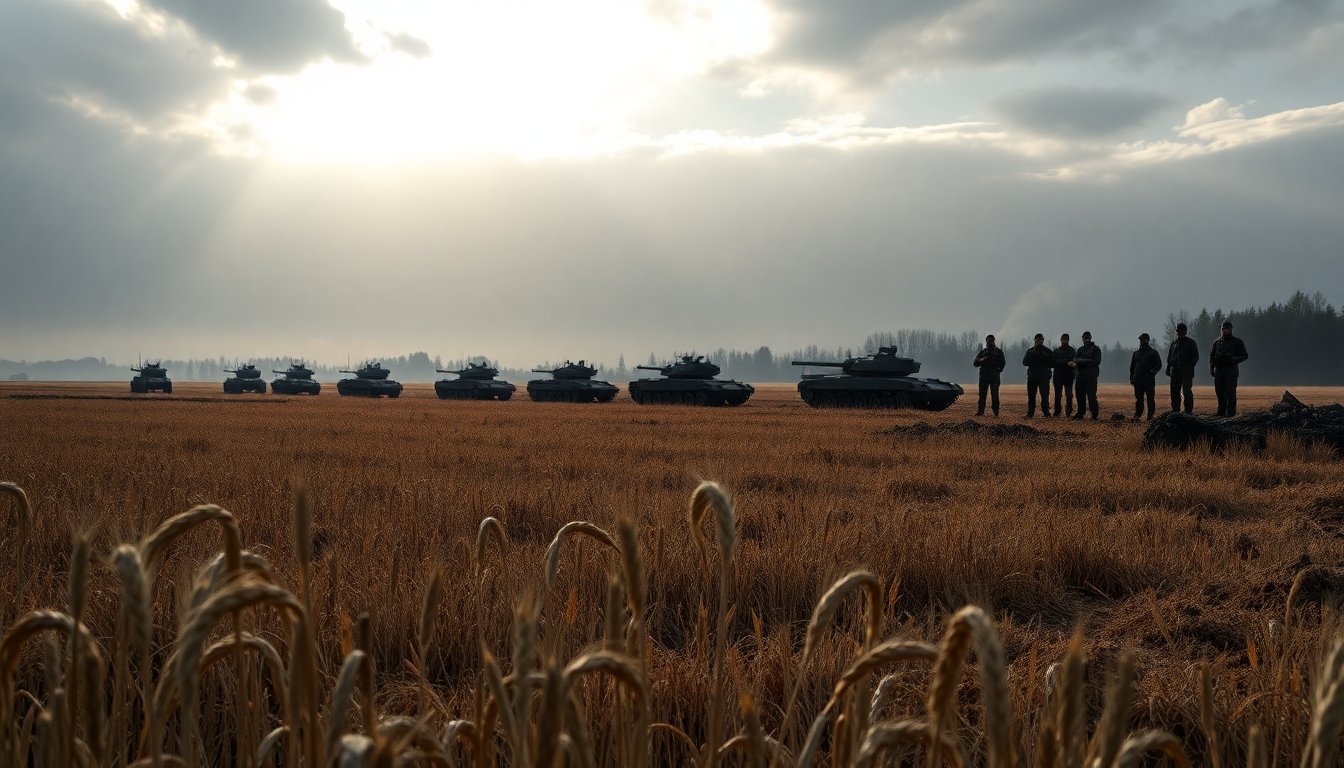Table of Contents
The conflict in Ukraine continues to draw global attention, with significant military activities influencing the war’s dynamics. This analysis examines recent battlefield events, utilizing open-source intelligence to provide an objective overview. Meduza has consistently opposed Russia’s invasion and remains committed to impartial reporting through a detailed examination of military engagements.
As the conflict evolves, the Russian military has amassed considerable resources near Pokrovsk. Renewed offensives are underway both to the west and east of the city, extending into its residential areas. The strategic significance of Kostiantynivka has emerged, as Russian forces have breached its outskirts. The Ukrainian Armed Forces (AFU), having positioned reinforcements in the area since August, aim to halt the Russian advance. The capture of these cities is crucial, as it would impede Russian progress toward the Kramatorsk and Sloviansk agglomeration.
Current military strategies and tactics
Recently, multiple brigades from the Russian Marine Corps, previously deployed in Kursk and Sumy, launched a concerted offensive in the Dobropillia breakthrough. This salient, established by Russia’s 51st Guards Combined Arms Army in August, extends approximately 15 kilometers deep and measures between 5 to 7 kilometers wide, strategically located between Pokrovsk and Kostiantynivka. Since then, Ukrainian forces have been actively working to neutralize this advance, targeting critical supply routes located between Shakhove and Nove Shakhove.
Efforts to regain lost ground
Russian Marines are likely focused on capturing Shakhove to eliminate threats from Ukrainian forces. They have opted for a mechanized assault strategy, deploying several armored columns. However, this approach has become increasingly outdated due to the vulnerability of armored vehicles to drone attacks, which both sides have had to reconsider. Despite some initial success, including reports of an assault column entering Volodymyrivka, attackers suffered substantial equipment losses. The situation remains fluid, with Ukrainian sources claiming that the troops in Volodymyrivka were neutralized and the advance on Shakhove was thwarted. Conversely, Russian reports suggest they have secured a foothold in at least part of Volodymyrivka.
Developments around Pokrovsk and Kostiantynivka
Along the broader front near Pokrovsk, Russian forces continue employing small assault groups. Soldiers from the 51st Army have infiltrated the southern section of Rodynske, attempting to encircle Pokrovsk by breaking through its northern exit. Russian units have also been sighted near Pokrovsk’s western highway leading to Dnipro and have reached a fortified Ukrainian base at the major coal mine near the city’s western approaches. Their advance toward Kostiantynivka has come from both the south and east, but attempts to encircle the city have faced delays.
Notably, the Russian command has realigned its forces at the intersection of the Dnipropetrovsk, Donetsk, and Zaporizhzhia regions. Units from the 41st Guards Combined Arms Army and the 90th Guards Tank Division have redeployed near Novopavlivka, a key supply route for Ukrainian forces positioned southwest of Pokrovsk. Russian troops are now advancing toward Novopavlivka from multiple directions, including a newly established bridgehead along the Vovcha River, increasing the pressure on Ukrainian defenses.
Retreats and strategic repositioning
Under increasing pressure from Russian forces, Ukrainian troops defending the eastern approaches to Hulyaipole have retreated across the Yanchur River, indicating a strategic repositioning to establish a new defensive line. In the Sumy region, Ukrainian forces have regained control of most of the village of Oleksiivka after intense clashes. However, Russian troops are making significant inroads into the heart of Kupyansk, where fierce battles for control over vital administrative buildings are ongoing. Ukrainian forces maintain control of the city’s eastern half, despite continuous Russian airstrikes targeting their crossings over the Oskil River.
Additionally, pressure on Ukrainian positions along the northern bank of the Siverskyi Donets River persists, with two Russian assault groups advancing from different directions. These developments underscore the dynamic and evolving nature of the conflict, where both sides are adapting their strategies in response to battlefield realities.


